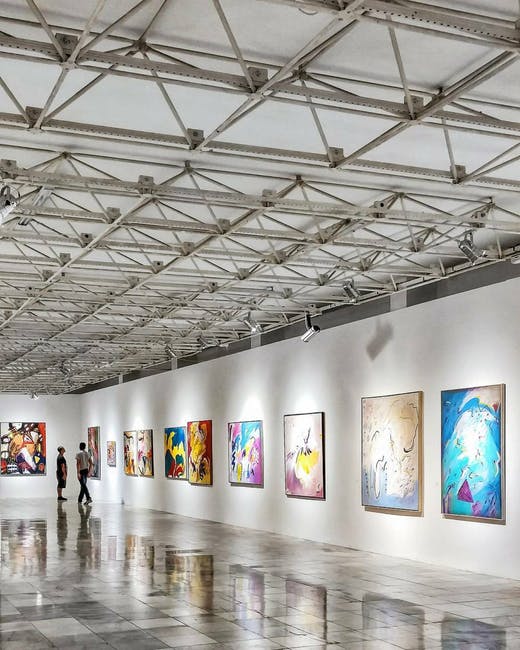What do you remember more, the last movie you saw or the last tweet you read? If it’s the last movie, there’s a reason for that.
Visual media draws the eye in more ways than you can imagine. Using visual communication in university newspapers can help you gain a bigger audience. Visual media can also help you engage more people in your content.
Read on to find out more benefits of using visual communication.
1. Engages People in Your Content
Visual communication in university newspapers is a great way to get people reading your publications. It can also get them to keep reading your newspapers. You can communicate visually using different photographs, infographics, 3d renderings, and other elements.
Infographics are an amazing way to get statistics across in a way that makes sense to people who aren’t math majors.
Seeing a bunch of different numbers doesn’t have the same impact on most people as seeing a graphic explain those numbers in a visual format.
Using photographs along with stories helps people connect more with stories that they may not fully understand. They also may not otherwise connect with them personally.
A personal connection always makes people relate more with content and encourages them to read more. In other words, photographs humanize your content, which makes them matter more to your readers.
Another great way to use visual elements is 3D renderings. You can use a 3D studio to create amazing graphics to help engage the student body. If your newspaper is published online, you can even make your 3D rendering animated!
2. Helps Readers Remember Your Message
Another advantage of visual communication is memory. Many studies have shown that visual components help people remember content better, and for longer.
It makes sense—most of the information our brains receive is visual, so we’re already used to it. If people remember your content longer, it can give them more positive associations.
And it encourages them to share your content with their communities. Basically, visual communication makes you more memorable, which in turn makes you more shareable!
3. The Medium Is the Message
The famed Canadian communications scholar Marshall McLuhan taught us all that “the medium is the message.”
The medium you learn information from influences the message you take from that information.
Reading a story on the computer has a different impact than reading a story in a physical newspaper. And visual communication has a different impact than just reading it.
For example, if you read a story, you perceive it differently than you would from seeing a YouTube video about the same story.
Using both visual and written communications in a university newspaper can help flesh out your message. And it changes the information people take away.
It can also help more people connect with different parts of a story. That can help widen a university newspaper’s reach.
Visual Communication Is the Future
The importance of visual communication can’t be understated. As we have moved more and more to a video and screen-based media system, visual communication has only grown in how much it matters.
Visual communication helps engage readers more and helps them remember content longer. Plus, it changes the way they understand messages.








